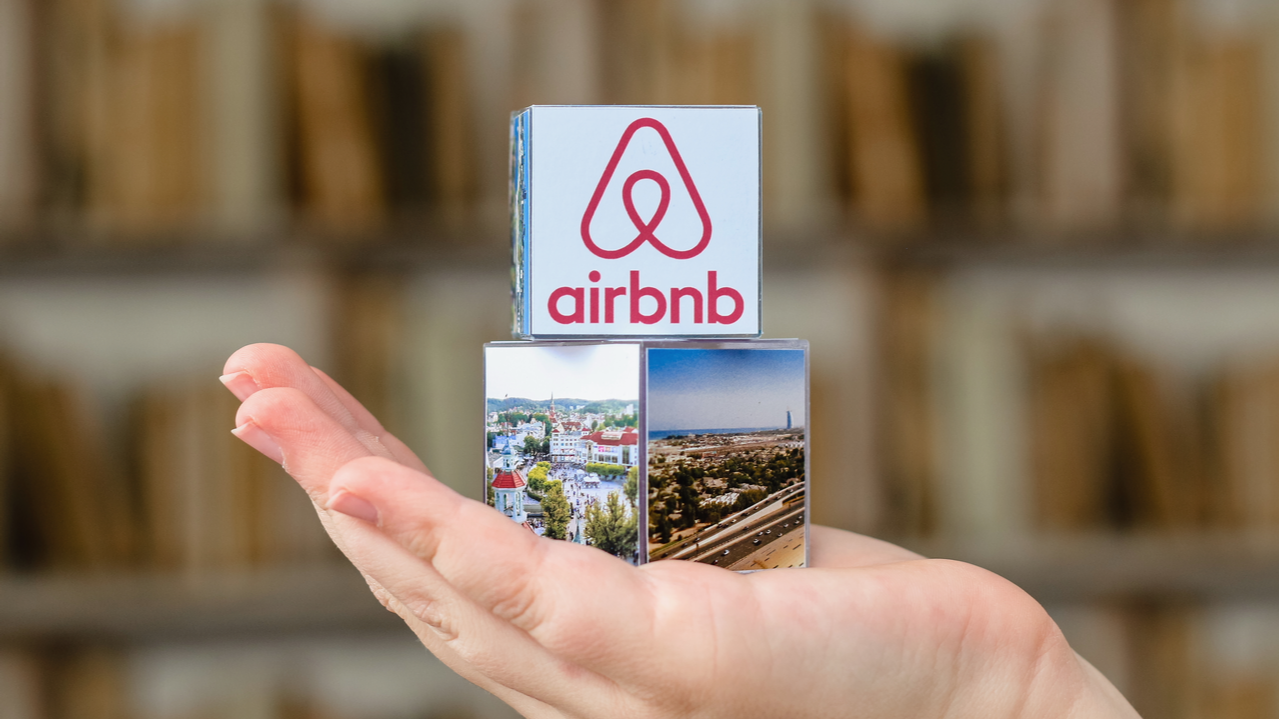For some, starting a business means having the freedom to set their own salary. However, for those who are already in the industry know that it is a complicated process. First off, you have to understand that you cannot pay yourself from your revenue – you should pay yourself from the profits. This does not mean that you can take out money from the business when as soon as cash starts flowing. Before you take your cut, you still have to account other expenses such as fixed costs, payroll, taxes, and additional contingency fees.
A good start in this process is by having reliable accounting software that you can use to determine how much you are allowed to take for yourself. In this post, we will discuss what you should know about paying yourself as a business owner.
What is an Owner’s Draw?
An owner’s draw is the process of taking out funds from the business to use for personal expenses. Some business owners prefer to do this instead of giving them a salary. They can compensate themselves from the profits or by withdrawing their previously contributed money to the company. Or they can also draw from the profits and the initial capital.
Note that withdrawing funds from company profits is taxable and must be declared on the business owner’s personal tax return.
Should You Pay Yourself a Salary?
If you don’t like the idea of withdrawing funds, you may choose to pay yourself a salary. Most business owners take advantage of this option because both tax withholdings and benefits are automatically taken out of the gross pay. Your compensation rate would depend on how your business is doing. You have to take into account the funds your business would need to continue operating. Paying yourself as a business owner with a salary is a common practice that you may also look into.
What is Owner’s Equity?
Aside from contributing cash into the business, some owners also contribute equipment and other assets, and this entitles them to an owner’s equity in the company. This equity allows owners to withdraw money from the business. To know whether you should compensate yourself in the form of salary or draw, you should understand the equity. From an accountant’s perspective, equity is the value of your business, and they compute it by:
Assets – Liabilities = Equity
Wherein the assets are all the resources of the business, including cash, equipment, and inventory. On the other hand, liabilities are expenses or obligations of the company that needs to be paid, such as bills and business loans. For example, if a company decides to sell all of its assets for cash and use the money to settle all obligations, the remaining cash would be the true value of the business.
Paying Yourself As a Business Owner: What You Should Know
Paying Yourself as a Sole Proprietor
When you form a sole proprietorship, you have to understand that your equity balance can increase through business profits and capital contributions. Alternatively, the equity can go down every time the owner draws money from it or when it suffers from business losses.
For example, John registered his shoemaking business as a sole proprietorship and contributed $50,000. This means that John’s owner equity account has a balance of $50,000. Say, the company earned $40,000 in profits. Since John is the sole owner, his equity account would become $40,000, with the $40,000 declared as a profit on the personal tax return. When the year ends, John can choose to get an owner’s draw or take an owner’s equity. Should John choose to pay himself $30,000 a year, it would be regarded as a business expense and will reduce the profit.
Paying Yourself in a Partnership
If your business’s legal structure is a partnership, you have to take into account your partnership agreement. For example, John starts a partnership with Charlie to begin a lounge bar. The agreement states that the profit will be shared equally. When the business began, John contributed $100,000 to the company. During the course of the year, the business earned $50,000 in profit. If John chooses to draw $10,000 at the end of the year, his balance sheet will look like this:
$100,000 contribution + $25,000 share of profits – $10,000 owner draws = $115,000 partner equity balance
Note that partners cannot take out a salary. They can also get a guaranteed payment, which also effectively lower the partnership’s profit.
Paying Yourself from a Limited Liability Company (LLC)
As a corporate shareholder, you may be entitled to receive a dividend. However, some companies may choose to withhold paying dividends and use the earnings to fund the business.
How Should You Pay Yourself?
The amount you should withdraw or take out from the company should not, in any way, affect the business operations. Make sure that it has enough funds to continue its processes before making a draw. How you should pay yourself ultimately depends on how successful your business is. If your business is flourishing, there is no reason why you should deprive yourself of enjoying the fruits of your labor. In fact, paying yourself as a business owner can be an excellent way to help you work harder.




